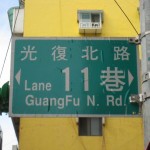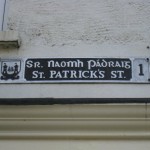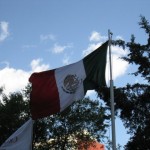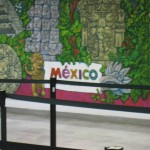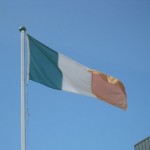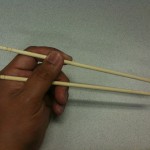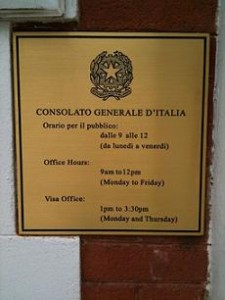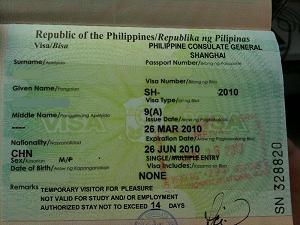When my wife and I booked a cruise to Alaska, one must-have that surprised us was the Canadian visa. A visa . . . to go to Alaska. Huh?
The cruise line explained that they had this requirement because we would be traveling through Canadian waters. Given that we were just passing through Canada, and the ultimate destination was US territory, that explanation never really made much sense at the time.
That disconnect disappeared last Monday with what happened to the Carnival Splendor on November 8, 2010. The ship was on a 7-day cruise to the Mexican Riviera when a fire broke out in the engine room, thus depriving the ship of power. According to a report on CNN, the boat is was being towed to Ensenada, Mexico where the passengers would be offloaded.
Switching back to our cruise. Had the unthinkable happened, and we had to be evacuated off our ship, imagine the immigration puzzles, for us, the cruise line, and the host country, that would have cropped up if authorities had to think about what to do with a pair of Filipino evacuees that didn’t have Canadian visas.
Am I over thinking this? Perhaps. I’m not familiar with prevailing practices with regard to immigration rules and disasters. So this line of thinking may be out of whack. I also never really clarified the matter with the cruise company further since we simply took them at their word.
But this belated worry isn’t really far fetched. As reported on Inquirer.net last April, Filipinos on board Cathay Airways flight CX275 (Hong Kong to London) unexpectedly found themselves in Frankfurt, Germany. Their plane had to make an emergency landing because of the volcanic eruption in Iceland, and like thousands of travelers that month found themselves stranded in an airport. Since they didn’t have visas for Germany, they had to stay at the airport pending the approval of their 3-day visas. Eventually, the visas were issued, but reportedly long after other nationalities on the flight had been allowed to leave the airport.
Acquaintances working at the Department of Foreign Affairs reported that the Inquirer article had a touch of hyperbole and sensationalism to it. Nevertheless, the report does give food for thought when it comes to expectations about treatment. We are, after all, a visa-collecting nation. Just a fact of life — for now at least.
The Frankfurt misadventure happened in an airport that is accustomed to handling emerging visa situations. Had it happened on the shores of a small town, with local law enforcement unaccustomed to dealing with immigration matters . . . as would have happened to us had our ship run into trouble . . . hmmm. While past experience with Canadian hospitality had been positive, this is still an unknown that I’d rather not have to deal with. Apparently, neither did the cruise line, so they played safe and issued that requirement.
The visas added to the cost of the cruise, but in the final analysis it was a prudent measure. Side-benefit: It added my first Canadian visa to my collection.
